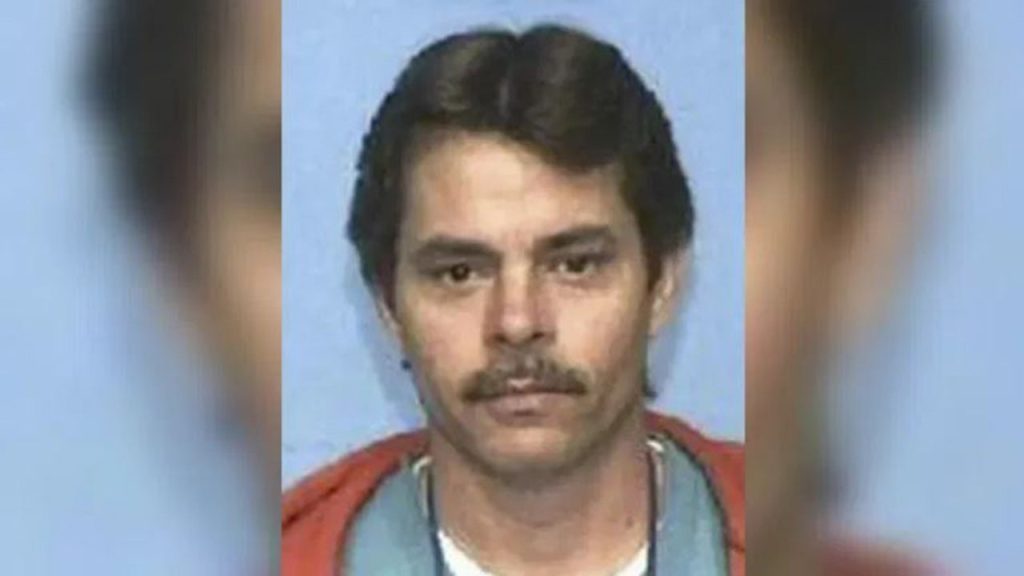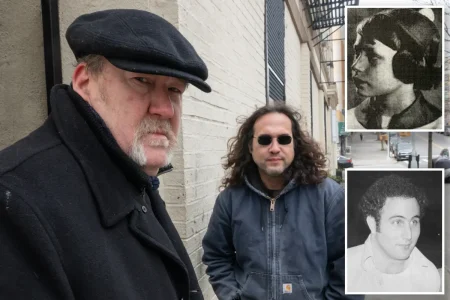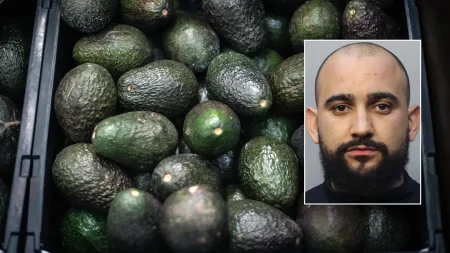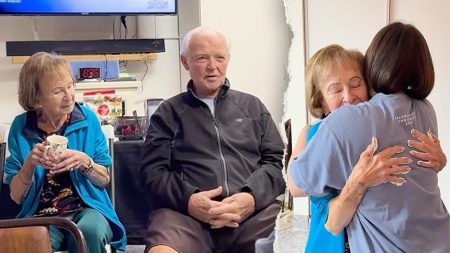Cold Case Breakthrough: Suspect Identified in 1991 Texas Yogurt Shop Murders
In a significant development for a case that has haunted Austin, Texas, for over three decades, investigators have finally identified a suspect in the notorious 1991 “Yogurt Shop Murders.” Austin police announced on Friday that DNA evidence has linked Robert Eugene Brashers to the brutal killings of four teenage girls. This breakthrough brings potential closure to one of the city’s most infamous cold cases, which recently gained renewed attention through an HBO docuseries. The case has followed a tortuous path through the justice system, including wrongful convictions that were later overturned, adding layers of tragedy to an already devastating crime.
The horrific events unfolded at an “I Can’t Believe It’s Yogurt” store, where 13-year-old Amy Ayers, 17-year-old Eliza Thomas, and sisters Jennifer and Sarah Harbison, ages 17 and 15, were found bound, gagged, and shot in the head. The crime scene had been set ablaze, presumably to destroy evidence. Two of the victims worked at the yogurt shop, and what should have been an ordinary evening at a neighborhood establishment became the setting for unimaginable violence. The brutality of the crime shocked the Austin community and left deep scars that have persisted for generations, with parents who once felt their children were safe in their neighborhoods suddenly facing a stark new reality.
The path to identifying Brashers was long and marked by serious missteps in the justice system. In the early 2000s, two teenagers at the time of the murders—Robert Springsteen and Michael Scott—were charged and convicted of the killings, with Springsteen sentenced to death and Scott to life imprisonment. However, their convictions were eventually overturned on appeal, partly because no DNA evidence linked them to the crime scene. This wrongful conviction added another tragic dimension to the case, as two innocent men spent years behind bars for crimes they didn’t commit while the actual perpetrator remained free. The overturned convictions also left the victims’ families in a painful limbo, believing justice had been served only to have that certainty stripped away.
Robert Eugene Brashers, the newly identified suspect, died by suicide in 1999 during a police standoff at a motel where he had been hiding with his wife, daughter, and two stepdaughters. Before taking his own life, he released his family members from the motel. Brashers had a disturbing criminal history that painted him as a serial predator. In 1985, he was convicted of attempted murder after shooting a woman in the head and was sentenced to 12 years in prison. However, he served only three years before being released in 1989—just two years before the yogurt shop killings. The brevity of his incarceration for such a serious crime raises troubling questions about the criminal justice system’s handling of violent offenders and might have indirectly contributed to his ability to commit subsequent crimes.
Even more disturbingly, DNA evidence has posthumously linked Brashers to three additional rapes and murders in Missouri and South Carolina—including a mother and daughter—as well as a rape in Tennessee. This pattern of violence across multiple states suggests Brashers was a serial offender who managed to evade justice for his most heinous crimes during his lifetime. The connection between these cases demonstrates the value of maintaining DNA databases and continuing to investigate cold cases, as technological advances can reveal connections that weren’t possible to establish at the time the crimes were committed. For the families of victims in these multiple states, the identification of Brashers, even after his death, provides answers to questions that have haunted them for decades.
“Our team never gave up working this case,” Austin police stated, highlighting the persistent dedication of investigators who continued to pursue leads and analyze evidence despite the passage of time. The department has scheduled a press conference for Monday to discuss the new evidence in detail. This breakthrough exemplifies how advances in DNA technology and persistent investigative work can eventually bring answers in even the coldest of cases. For the families of Amy Ayers, Eliza Thomas, and Jennifer and Sarah Harbison, this development may provide some measure of closure, though it cannot erase the decades of grief and uncertainty they have endured. The identification of Brashers as the likely perpetrator of these murders serves as a reminder that justice, while sometimes delayed, can still be achieved through dedicated police work and evolving forensic science.











